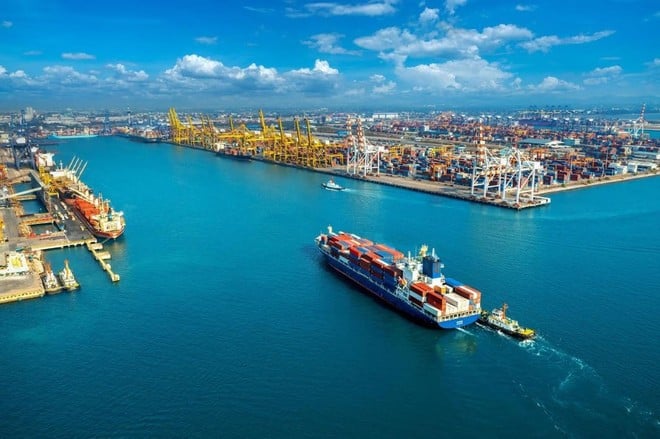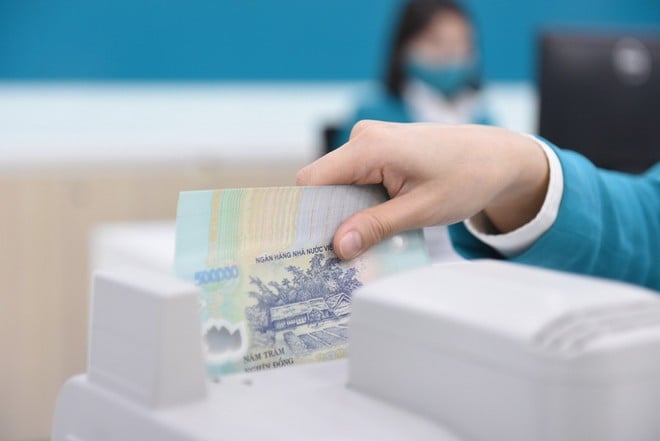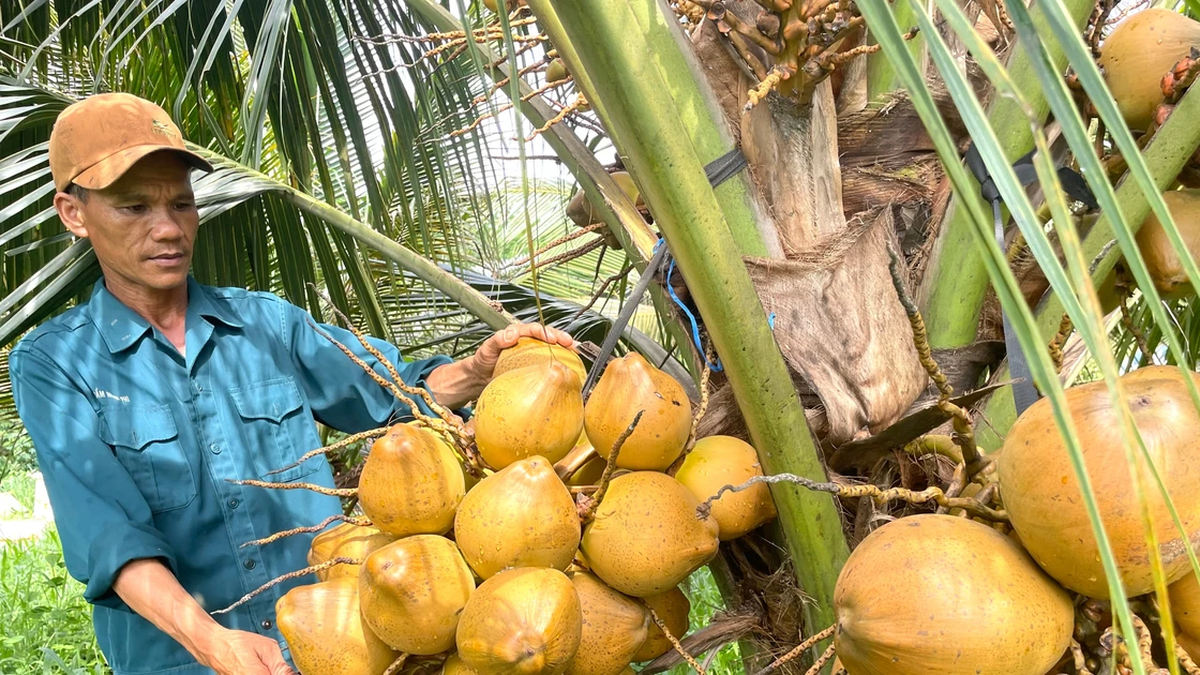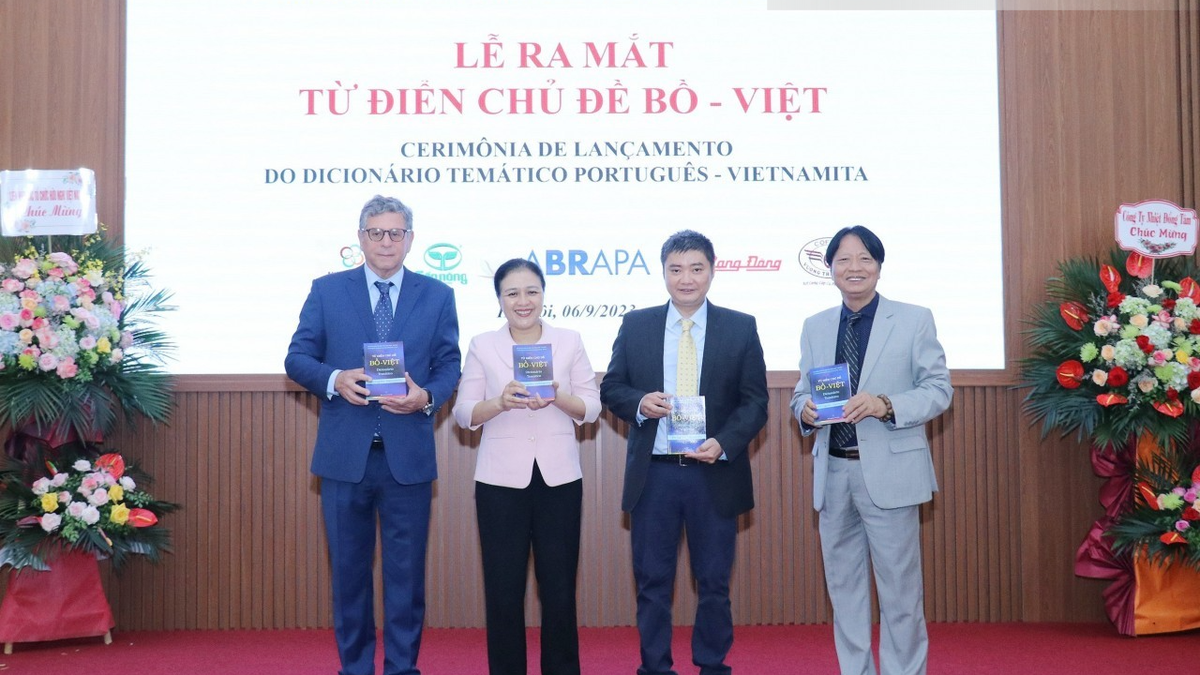UOB raises Vietnam’s GDP growth forecast for 2025 to 6.9% thanks to an early acceleration in exports and a positive economic recovery in the second quarter. However, UOB experts are still worried that Vietnam will still be affected by tariffs.

With positive developments in the second quarter of 2025, UOB Bank in Vietnam has adjusted its forecast for Vietnam's GDP growth in 2025 to 6.9%, instead of the previous 6%.
This is a notable point in the Vietnam economic growth report released by the Global Economics and Market Research Department of UOB Bank on July 8.
According to UOB analysis, Vietnam's real GDP in the second quarter of 2025 recovered strongly, reaching an increase of 7.96% compared to the same period last year, far exceeding Bloomberg's forecast (6.85%) and UOB's forecast (6.1% in the second quarter), as well as compared to the adjusted level of 7.05% in the first quarter of 2025.
In the first half of 2025, Vietnam's economy grew 7.52% year-on-year, the strongest growth in the first half of the year since data began in 2011.
UOB experts said the strong growth momentum mainly came from businesses taking advantage of the 90-day period when US President Donald Trump suspended the policy of imposing “reciprocal” tariffs, instead applying a basic tax rate of 10%.
In the first half of the year, Vietnam's export turnover increased by 14.4% compared to the same period last year, reaching 219 billion USD, while imports increased by 17.9%, reaching 212 billion USD. These figures are equivalent to the growth rate of the whole year 2024 (exports increased by 14%, imports increased by 16%).
Computers and electronic products continued to be the largest export group in the first half of 2025, soaring 42% year-on-year to $47.7 billion. This was followed by mobile phones (down 1.1% to $26.9 billion) and machinery and equipment (up 16.3% to $27 billion). These three groups accounted for about 46% of total export turnover in the period, showing Vietnam's high dependence on these sectors.
However, according to UOB experts, data from the Vietnam Manufacturing Manufacturing Index (PMI) shows that the manufacturing sector has yet to really return to growth. In the last 7 months, the PMI has been below 50 6 times, reflecting that the manufacturing sector is still facing many difficulties, especially due to the decline in new orders.
According to S&P Global, Vietnam's export orders in June fell at the sharpest rate since September 2021, equivalent to the decline recorded in May 2023.
A positive sign for the economy in the first half of the year was that FDI inflows increased by 8.1% year-on-year and were the highest in the first six months of the year since 2021.
The processing and manufacturing industry continued to lead, attracting 9.56 billion USD, accounting for 81.6% of total realized FDI. The real estate sector ranked second with 932.2 million USD, equivalent to 8% of total realized FDI. Total newly registered FDI in the first half of the year reached 21.52 billion USD, up 32.6% over the same period. The strong momentum from this registered capital flow is expected to positively support realized capital flow in the coming months.
After increasing for three consecutive years and reaching 25.4 billion USD in 2024, the Government has set a target of 27-28 billion USD in realized FDI capital in 2025, while expecting to attract 38-40 billion USD in registered FDI capital, after reaching 38.2 billion USD last year.
However, in the context of global trade tensions and ongoing tariff measures, FDI flows may be subject to fluctuations in the international trade environment.
The worst may be over, but taxes remain a barrier
With recent positive developments in trade negotiations with the US, UOB experts believe that the worst may be over, but tax policy remains a major barrier for Vietnam.
According to UOB, the positive point for Vietnam is that on July 2, US President Donald Trump announced on his personal page that he would impose a 20% tax on imports from Vietnam to the US and a 40% tax on transit goods. Although still a significant tax rate, this figure is much lower than the 46% initially announced on April 2 and is considered a significant relief for exporting businesses.

At this time, no details of the trade deal have been released, and neither government has made an official announcement. A key point in the negotiations is how to clearly define what constitutes “transit goods.”
On the other hand, even though the new tariff rate has been reduced to 20%, instead of the previous high of 46%, Vietnam and other exporting countries will still face weaker demand and orders from the US, as US consumers and businesses will have to pay higher prices for imported products. With the new tariff rate, UOB has revised its forecast for exports to the US to increase slightly by 5% (compared to a 23% increase in 2024), instead of a 20% decline as previously estimated after the US announcement on 2 April.
For non-US markets, UOB expects exports to grow by 10%, equating to an 11.3% increase in 2024. Overall, Vietnam’s exports are expected to grow by 8.5% in 2025, significantly lower than the 14% growth last year.
Based on these assumptions and after taking into account the impact on manufacturing and FDI inflows, UOB experts estimate Vietnam’s GDP growth in 2025 to be 0.9 percentage points higher than the initial baseline forecast, to 6.9% (vs. the previous forecast of 6.0%).
For the last two quarters of the year, UOB forecasts GDP growth at around 6.4%. Under these conditions, realized FDI inflows are expected to reach around US$20 billion this year.
Maintain policy interest rates for the time being
With headline and core inflation remaining below the official target of 4.5% in the first half of 2025 and most of 2024, UOB experts believe that the State Bank of Vietnam is likely to consider easing monetary policy. However, developments in the foreign exchange market are also an important factor for the State Bank to consider. The VND was the strongest depreciating currency in Asia in the first half of 2025, falling 2.5% against the USD.

In contrast, regional currencies benefited from the weakening USD with gains ranging from 12% for TWD (the Taiwanese dollar) to 2.5% for CNH (the renminbi traded outside mainland China) over the same period.
“In addition, the positive growth results of the economy in general may have reduced the pressure for policy easing. Therefore, we expect the State Bank to keep the current policy rate unchanged, with the refinancing rate maintained at 4.50%,” UOB experts emphasized.
However, if the domestic business and labor market conditions deteriorate significantly in the next 1-2 quarters, UOB experts believe that the SBV could cut the policy rate once to the COVID-19 low of 4%, followed by a further 50 basis points cut to 3.5%, provided that the foreign exchange market stabilizes and the US Federal Reserve (Fed) begins to implement rate cuts. Currently, the bank's base case remains that the SBV will not change its monetary policy.
“We forecast that the VND will remain near the low end of its trading range against the USD until the end of Q3/2025. However, in Q4/2025, the VND may begin to recover in line with the general recovery trend of Asian currencies as trade uncertainties ease. The USD/VND exchange rate is forecast to reach VND26,400 in Q3/2025, VND26,200 in Q4/2025, VND26,000 in Q1/2026 and VND25,800 in Q2/2026,” the UOB expert commented./.
Source: https://baolangson.vn/uob-nang-du-bao-tang-truong-gdp-viet-nam-len-6-9-ty-gia-giam-dan-5052624.html































































































Comment (0)